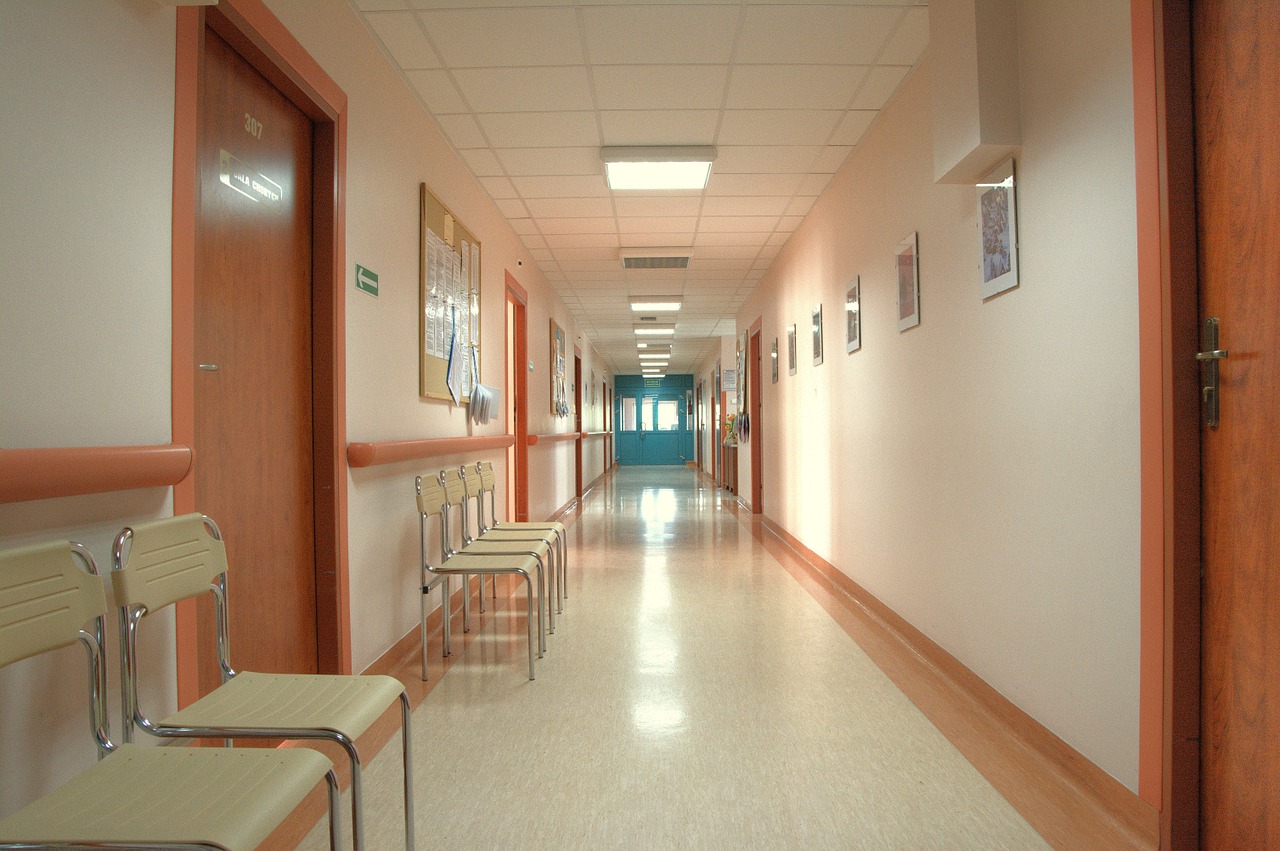Better Patient Care Through Architecture
By: Hannah Fields
Tall and formidable, with fluorescent white hallways tinged with the faint smell of disinfectant, hospitals arouse thoughts of both wellness and mortality. Whether it's through personal experience or through depictions from popular tv dramas, most people are familiar with what goes on inside hospital walls. However, it's not just the services provided within that assist people, but the architecture itself.
Using space syntax, or a set of theories, measures, and software tools related to how humans see and put space to mind, researchers, such as Texas Tech College of Architecture's Julie Zook, are changing healthcare.

"The use of space syntax in healthcare is an emerging field, and it's something I'm heavily involved in," Zook said. "We are finding that some of the space syntax measures are good predictors of patient falls, nurse time at patient bedsides, and even ICU mortality for very sick patients."
While space syntax is a relatively new approach to healthcare analysis, it has been an idea in-use since its creation in London in the 1970s. The very general idea, explains Zook, is that spatial measures tend to predict intensity of spatial use, how space anchors cognitive maps, and where certain interactions are likely to occur. When applied to buildings and their uses, spatial integration can forecast how key spaces bring people together.
This idea also became the central focus of space syntax in hospitals, with the measurements being used to predict wayfinding, or how people found their way through hospitals.
"Some architects consider signage and wayfinding to be the same thing," Zook said. "I'm really opposed to that point of view because wayfinding is a cognitive activity and you can make that activity easier and more natural, or more difficult and artificial, through spatial design. When it's difficult and artificial, signs take on an outsized role because people cannot use their intuition to find their way."
Recent work, however, is more focused on building performance in relation to patient wellbeing, care, and mortality. And, just as general healthcare practices are becoming more information rich, so is building design, creating tremendous opportunity to find relation between the two. This means "cracking the code" and finding the best ways to design the safest and best facilities for patients.
So far, Zook's research has involved looking at various layouts of hospital floor plans and user data from nurses on how well those plans serve both the nurses and the patients. When analyzing this data, Zook explains that nurses should be considered as both medical and knowledge workers. Nurses need to work as part of teams, use some creativity, be given social support, and stay in contact with each other. If any of these factors are missing and force the nurses to go farther from each other, the lack of connection can reduce the quality of patient care.
"One thing to remember is at any given moment, in any given medical setting, somebody is learning," Zook said. "You're not typically walking into a stable situation where everyone has been there for 20 years. So, we should respect that healthcare architecture is a learning and knowledge environment for the staff, even as it acts as a surveillance and care environment for the patient."

Currently, Zook and other researchers are working with building plans, patient data, and staff surveys to create large data sets that validate what they are finding through their research. Larger datasets, Zook explains, are better suited than case studies to identifying robust design principles that helps nurses and doctors do their job while ensuring better patient safety.
"Technology might replace the need for eyes on a patient, but I cannot imagine that it will replace the need for people to run into each other in the hallway anytime soon," Zook said. "A lot of important nurse/doctor communication happens when they see each other, and not in scheduled meetings or at the patient bedside. There's an importance to social connections and how space can be designed to allow for them occur."
Discoveries
-
Address
Texas Tech University, 2500 Broadway, Box 41075 Lubbock, TX 79409 -
Phone
806.742.3905 -
Email
vpr.communications@ttu.edu
